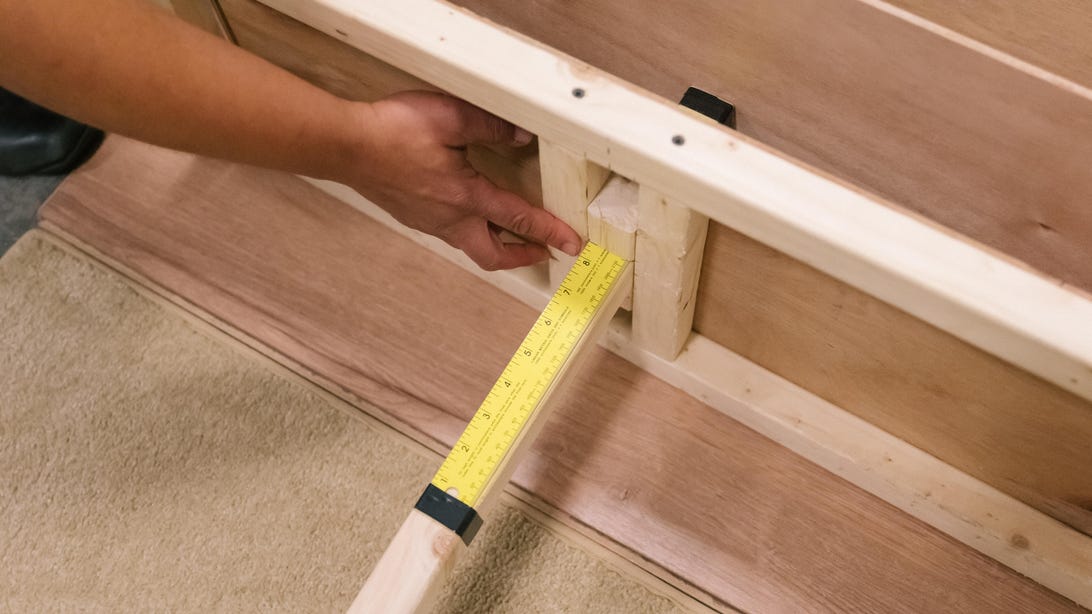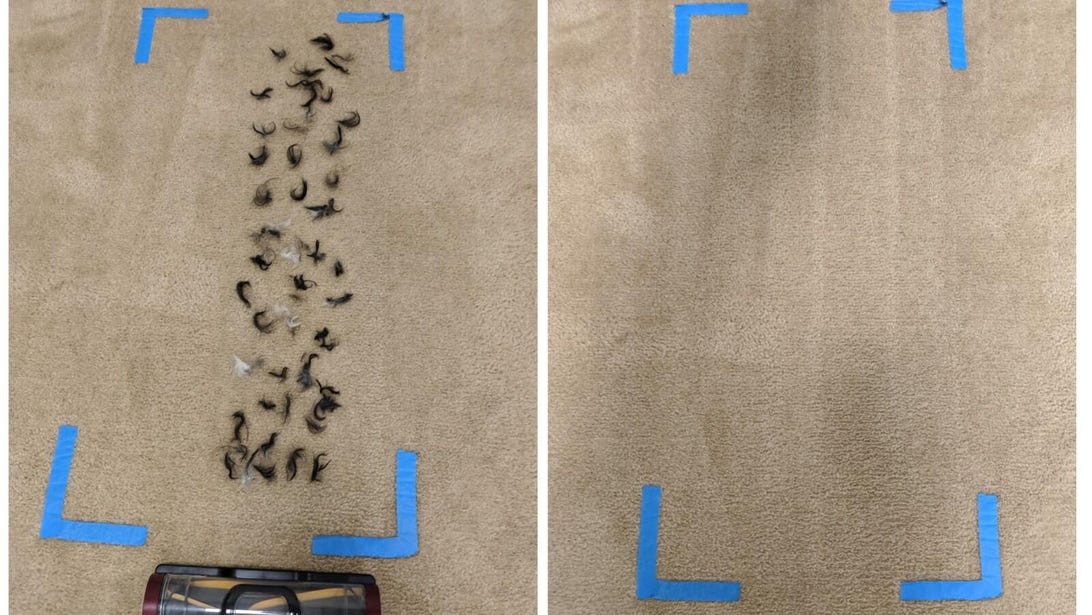Best vacuum cleaners for 2021: Dyson, Roomba, Tineco and more – CNET [CNET]
Cleaning your carpets and flooring can be a chore, but it doesn’t have to be an onerous one. Modern cordless vacuums are much easier to use than the heavy and unwieldy monsters from decades past. Now they’re lightweight and compact, but still powerful enough to do the job well.
If you’d rather not lift a finger at all, robot vacuum cleaners have you covered. The most advanced models autonomously navigate and avoid obstacles with the aid of lasers, cameras and other sensors. Some of these robot vacs can even empty their dustbins on their own.
Read more: How to clean your living room in 10 minutes or less
You don’t have to spend big bucks, either. There are quality cordless and robot vacuums at various price points. No matter if you’re looking for the ultimate cleaning machine, midtier, or entry-level model, there’s a vacuum on this list that’ll suit your needs.
We’ve conducted rounds of testing to find the best cordless vacuums and the best robot vacuums. You can dig into each of those articles for in-depth recommendations on each sub-category. In this list, we’ve compiled our top picks into one handy location. We will keep all of these best vacuum cleaner lists updated as new models come on the market and we test new categories.
How we test robot vacuums
Our method for evaluating robot vacuums is straightforward, yet grueling. There are two types of tests we run. The first trial is to figure out how well a robot covers the floor while it’s cleaning. We built an industry-standard testing room as specified by the International Electrotechnical Commission, just for this purpose. The IEC is an international standards body responsible for managing robot vacuum testing procedures, among other things, for vacuum manufacturers.
We test robot vacuums on three types of floor surfaces.
Tyler Lizenby/CNETWe control for the specific nozzle width of each vacuum, too. We constructed an adjustable tool to soil our test floors. It lets us lay down a strip of precise area of soil to match the nozzle dimensions for every robot. The mass of soil isn’t chosen at random either. We measure a proportional amount that’s related to the flooring material, type of debris, plus each vacuum’s nozzle width.
We run robot vacuums in a straight line during the debris pickup tests.
Tyler Lizenby/CNETOur rice-based, medium-size particle test didn’t show enough differentiation between each cleaner, which says they can all handle larger particles without trouble. For fur removal for pet owners, we judged anecdotally.
How we test cordless vacuums
Putting cordless vacuums through their paces isn’t as complicated as testing a robot vacuum cleaner, but it still takes lots of time and careful effort to find the best cordless vacuum. We run each vacuum in a straight line across three different surfaces (hardwood, low-pile carpet, midpile carpet). On all three test beds, the test area is the same length (30.25 inches).
- Texas tech workers targeted by Bay Area firms over abortion ban [VentureBeat]
- Report: 79% of IT teams have seen increase in endpoint security breaches [VentureBeat]

![best-vacuum-cleaners-for-2021:-dyson,-roomba,-tineco-and-more-–-cnet-[cnet]](https://i0.wp.com/upmytech.com/wp-content/uploads/2021/10/43448-best-vacuum-cleaners-for-2021-dyson-roomba-tineco-and-more-cnet-cnet.jpg?resize=800%2C445&ssl=1)



![avid-ventures-raises-$68-million-for-female-run-vc-fund-targeting-fintech-and-consumer-startups-[venturebeat]](https://i0.wp.com/upmytech.com/wp-content/uploads/2021/02/23207-avid-ventures-raises-68-million-for-female-run-vc-fund-targeting-fintech-and-consumer-startups-venturebeat.jpg?resize=390%2C205&ssl=1)